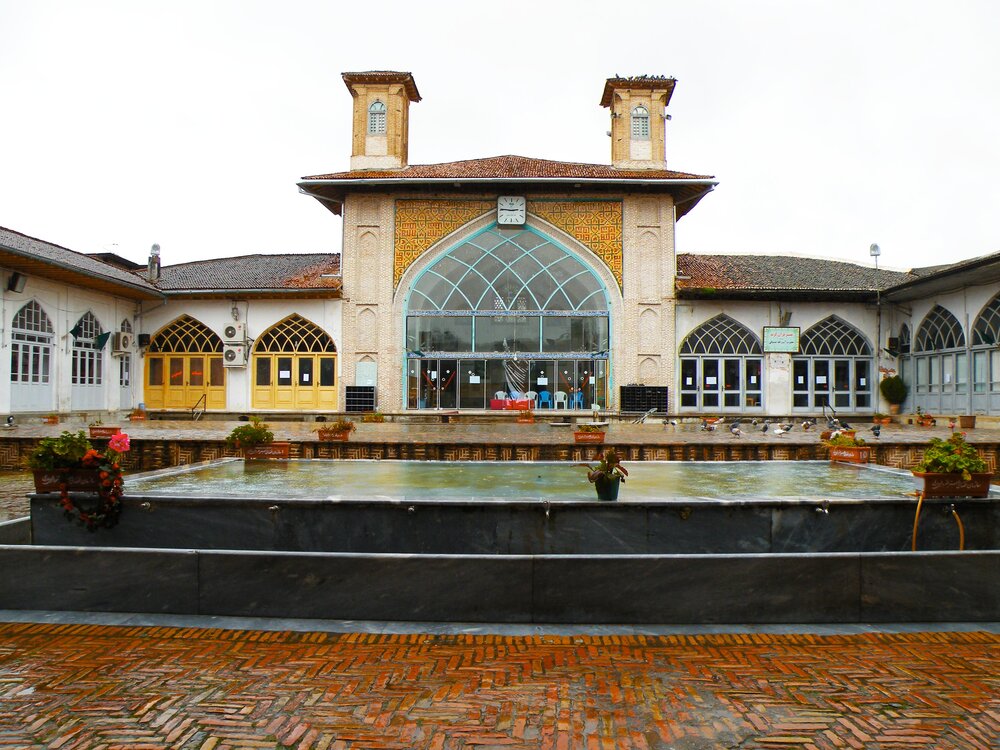Grand Mosque of Sari: one of oldest places of worship in northern Iran

TEHRAN - Grand Mosque of Sari, which is named after the northern Iranian city, is one of the oldest places of worship in Mazandaran province.
There is evidence that the mosque has been built on the remains of a Zoroastrian fire temple. The main body of the current building of the mosque was rebuilt during the Qajar and Pahlavi eras.
There is nothing left from the old objects of the mosque and now it consists of two entrance doors, one on the west side and the other on the north side.
“After entering the mosque, we encounter a large four-cornered courtyard, where the entire floor of the courtyard is decorated with beautiful brick designs, and walking on the old bricks has a pleasant and attractive feeling, it seems like you take a step back in the past centuries,” according to Iran in Depth.
In the middle of the courtyard, a large platform has been built for worshipers, which provides a suitable place for religious and cultural ceremonies on summer nights.
A large pool is constructed on the north side of the courtyard. On the south side, there is a large porch with two four-cornered brick minarets with a pottery roof on top of it, and the main altar is located on this porch. Most of the roof tiles are very old and the dust of antiquity and the events of the past can be felt well on them.
Moreover, there are two large naves in the east and west of the mosque, most of the walls of which are covered with bricks.
There are two altars on both sides of the porches connected to the naves. The tiles of the porch entrance are decorated with mosaics and the Kufic inscription is installed on the door. Due to the climate of the region, which is often a mild and rainy season, the roof is completely covered with pottery.
Sari, the capital of modern Mazandaran province, was founded during the Sassanid period (224–651 CE), it became the capital of Tabarestan (7th–9th century) after the Arab conquest of the region.
The city was ravaged by the Mongols in the 13th century and visited by the historian Mostowfi in the 14th century. Agha Mohammad Khan of the Qajar dynasty (reigned 1779–97) ruled from Sari before 1786 when he made Tehran the capital of his empire.
Stretched along the Caspian Sea and Alborz mountain range, Mazandaran is a popular destination for domestic holidaymakers and it is home to more than 3,500 villages and rural areas, hosting millions of domestic night-stays in year.
AFM

Leave a Comment